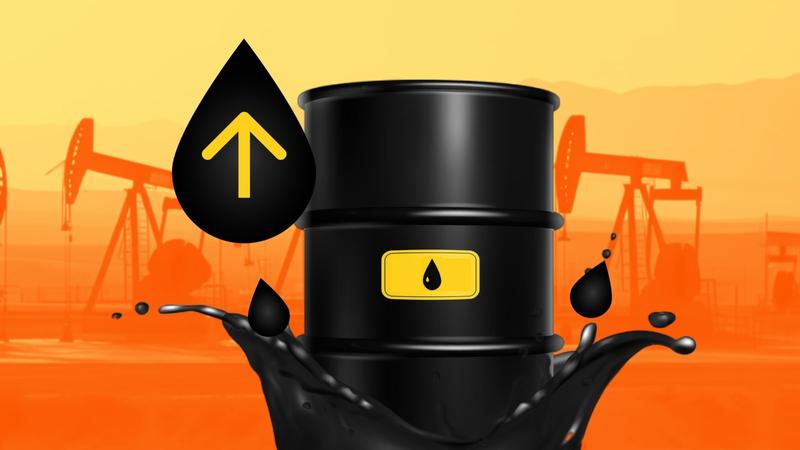Published 08:22 IST, July 2nd 2024
Why oil prices surged 2% to a two-month high? Know here
The brent crude rose $1.60, or 1.9 per cent, to settle at $86.60 per barrel, marking the highest close since April 30.

Oil prices: Oil prices surged by approximately 2 per cent on Monday, reaching a two-month high. The rally is fueled by expectations of increased demand during the Northern Hemisphere's summer driving season and concerns over potential supply disruptions due to escalating Middle East tensions. The brent crude rose $1.60, or 1.9 per cent, to settle at $86.60 per barrel, marking the highest close since April 30. While WTI Increased by $1.84, or 2.3 per cent, to settle at $83.38 per barrel, its highest close since April 26.
What factors are driving up the prices?
Seasonal Demand Optimism
One of the primary drivers behind the recent uptick in oil prices is optimism surrounding increased demand during the Northern Hemisphere's summer season. As economies reopen and travel restrictions ease, there is a notable rise in consumer activity, particularly in sectors reliant on transportation fuels like gasoline and diesel. This seasonal uptick in demand typically exerts upward pressure on oil prices as refineries ramp up production to meet consumer needs.
Geopolitical Tensions in the Middle East
Escalating tensions between Israel and Iran-backed Hezbollah have emerged as a pivotal geopolitical factor impacting oil markets. Analysts have noted a growing risk premium associated with potential disruptions to Middle Eastern oil supplies. The possibility of a broader regional conflict involving OPEC member Iran and its allies in Iraq, Yemen, and Syria adds further uncertainty, prompting market participants to factor in geopolitical risks when assessing oil price movements.
OPEC+ Production Strategy and Supply Dynamics
OPEC and its allies, collectively known as OPEC+, have extended their agreement to cut oil production well into 2025. These production cuts are aimed at stabilising global oil prices and rebalancing supply and demand dynamics in the market. The decision to prolong output reductions has bolstered market confidence, particularly amid concerns over geopolitical instability and fluctuating global oil inventories.
Impact of Weather Events: Hurricane Beryl
The oil market is also closely monitoring the impact of Hurricane Beryl in the Caribbean Sea. Forecasted as a major hurricane, Beryl is expected to traverse through critical oil-producing regions such as the Yucatan Peninsula in Mexico. The storm's potential disruption of oil production facilities in this region, coupled with its subsequent trajectory towards the Bay of Campeche, where Mexico's offshore oil operations are concentrated, has heightened concerns about supply disruptions.
US Oil Market Dynamics
In the United States, the rally in global oil prices has translated into notable increases in domestic oil product prices. Diesel futures closed at their highest levels in 10 weeks, while gasoline futures reached an eight-week peak. This surge reflects robust demand for refined petroleum products amid expectations of continued economic recovery and increased summer travel.
Economic Indicators and Federal Reserve Policy
Recent economic data from the U.S. indicated a third consecutive month of contraction in manufacturing activity, suggesting ongoing challenges in certain sectors of the economy. However, a decline in input prices at factories to a six-month low has tempered inflationary concerns, potentially influencing future monetary policy decisions by the Federal Reserve. Market participants are closely awaiting insights from Fed Chair Jerome Powell's upcoming remarks and the release of minutes from the latest policy meeting for signals on the timing of potential interest rate adjustments.
Global Political and Economic Considerations
Amid economic uncertainties, investor sentiment has been bolstered by expectations of a Federal Reserve interest rate cut aimed at supporting economic growth. Additionally, political developments in Europe, particularly efforts to counter the political rise of Marine Le Pen's National Rally in France, contribute to the broader geopolitical and economic backdrop influencing oil price dynamics.
Updated 11:12 IST, July 2nd 2024